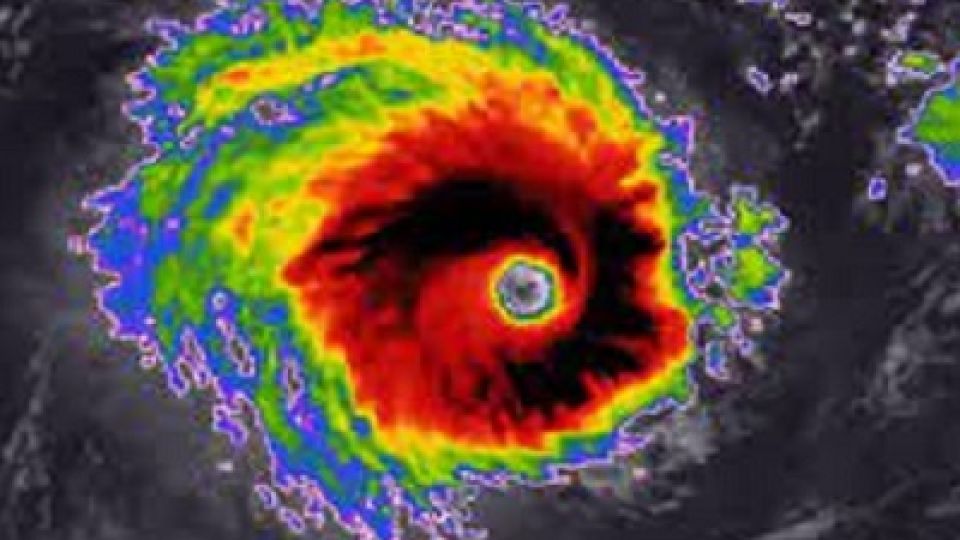from MAVHUTO BANDA in Lilongwe, Malawi
Malawi Bureau
LILONGWE, (CAJ News) – COMMUNITIES affected by the Cyclone Freddy in Malawi and Mozambique face a bleak future with the winter farming season approaching.
This week marked 100 days after the cyclone hit.
One of the deadliest storms to hit the continent in the last two decades, it killed over 1 000 people, forced dozens of thousands out of their homes, decimated over one million acres of crop land, ripped apart over 5 000 kilometres of roads, powerlines, telecommunications, and public infrastructure such as schools and hospitals.
Oxfam reports that many families have had to sell their farmland or withdraw their children from school in order to use the money to buy food.
“Torrential floods washed away everything, leaving farmers (with) nothing to harvest,” said Amjad Ali, Oxfam Southern Africa Programme Director.
“Families told us they have nothing to grow ahead of the winter as they lost their seeds, harvest and agricultural tools forcing them to make desperate decisions to survive.”
Ali said this had hugely contributed to food insecurity in the affected areas and the situation would only get worse if people were not assisted to grow food this winter.
Production of staple food in Malawi such as maize has plummeted by nearly 30 percent forcing prices to surge.
Food Inflation has increased by 37,9 percent. A 50-kilogramme bag of maize costs approximately US$22, a price that is out of reach for most Malawians living on less than $1 a day.
Prices are forecast to further rise before the next harvest, which is ten months away.
Cyclone Freddy is seen as another glaring reminder of how the people least responsible for climate change continue to pay the steepest price.
“Rich polluting nations must honor their US$100 billion climate financing to support countries hit hardest like Malawi and Mozambique, sadly that is not the case,” said Amjad.
Oxfam’s “Climate Finance Shadow Report 2023” published in June 2023 shows that while donors claim to have mobilized $83,3 billion in 2020, the real value of their spending was —at most— $24,5 billion.
The $83,3 billion claim is viewed as an overestimation because it includes projects where the climate objective has been overstated or as loans cited at their face value.
– CAJ News

